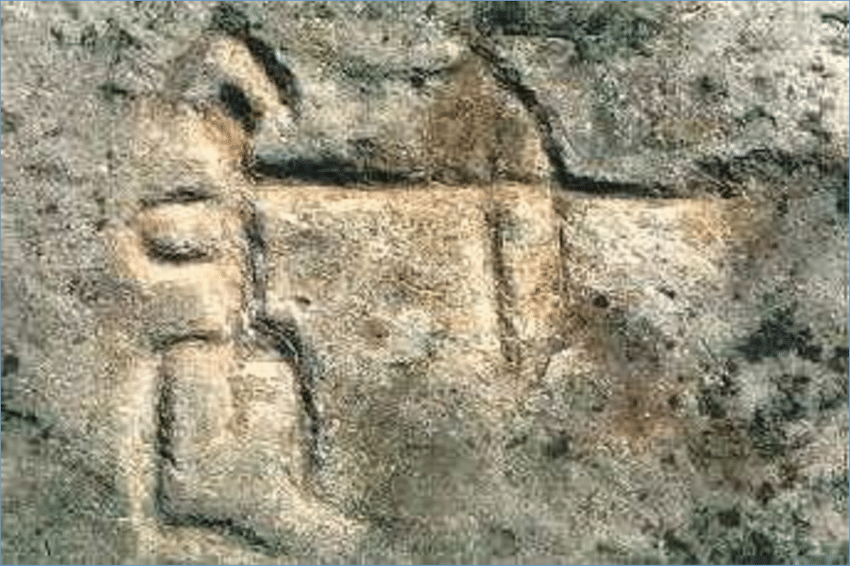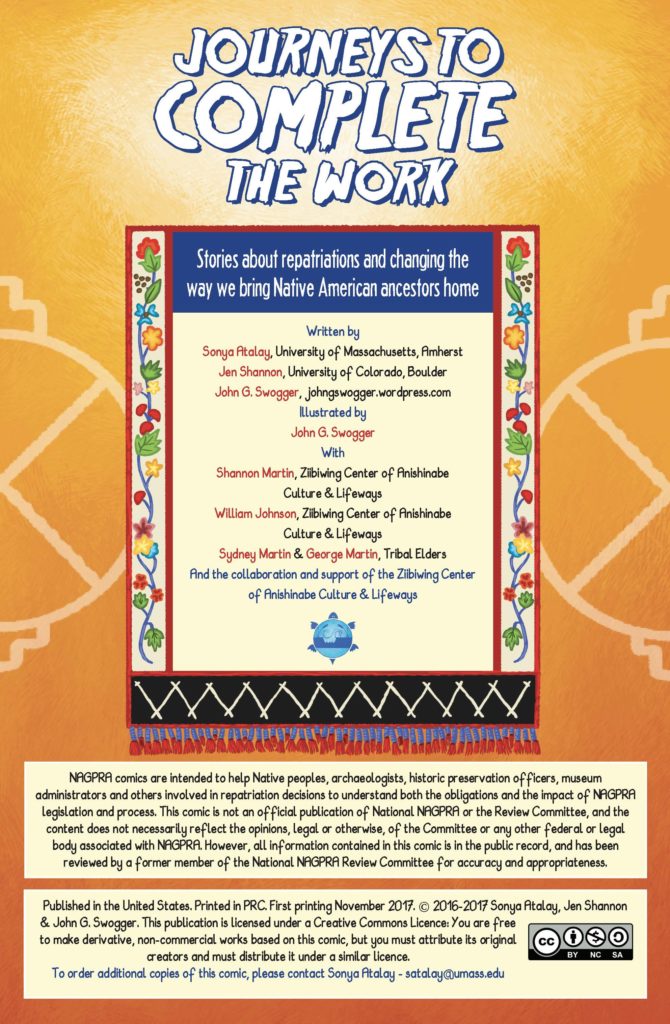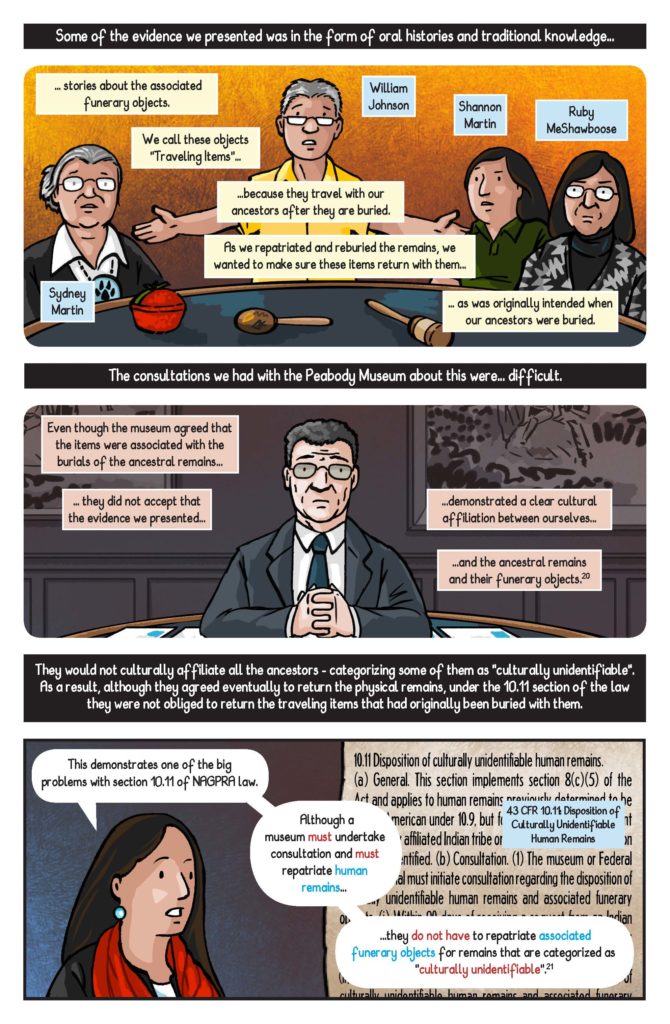In her talk, Braiding Strands of Wellbeing: Reclaiming, Healing, and Sending Knowledge into the Future, Dr. Sonya Atalay discussed anthropologists and archaeologists can and incorporate the local and indigenous populations’ cultural practices of sharing and preserving knowledge into their studies of these cultures. An anthropologist and Ojibwe (the Native American tribe also known as the Chippewa) keeper of knowledge, Dr. Atalay has conducted anthropology and archaeology research within indigenous populations in North America as well as the Middle East. Her work, including her books Community-Based Archaeology: Research With, By, and for Indigenous and Local Communities and Transforming Archaeology: Activist Practices and Prospects, has been focused on the development and implementation of participatory research, seeking to decolonize the language and practices used by non-indigenous researchers as well as justice for communities through the collection of indigenous artifacts. Dr. Atalay is currently working on her book, Braiding Knowledge, an ethnographic review of these projects and other engaged scholarship of indigenous communities to how collaborative knowledge production are transforming research practices and outcomes. Many of her concepts are similar to practices found in the Ethics of Fieldwork by the Program for Ethnographic Research & Community Studies, expanded and adapted to the fields of Anthropology and Archaeology.
The main example used in her talk was the ezhibiigaadek asin, which translates to “the place where knowledge is written on stone”, a Saginaw Chippewa heritage site archaeologists refer to as the Sanilac Petroglyphs.The carvings on the rock face represent history of the tribe as well as instruction on how to send its knowledge into the future. A sacred site, with important physical and cultural links to the surrounding area, cultural practices involve water art ceremonies where tribal elders bring river water to wet the carvings and share the histories and practices represented. The researchers working on the site, to protect the site for their own purposes, had covered the rock face with a pavilion and installed a fence to prevent erosion and vandalism of the carvings. Gated and only available to the public upon request of a scheduled visit the indigenous community could not access the site or conduct the water art ceremonies.
A place of knowledge for both tribe members and anthropologists, the difference in approach to accessibility and use of the physical site indicates the divide in perspective each group holds about the information the site contains and how to it should be studied. Not only did researchers not take into account the indigenous people’s desires for how the site is utilized but also the outcome and application of the research. A source of contention was the misinterpretation of one petroglyph archaeologists dubbed the hunter. The carving actually depicts shkabewis, a spiritual teacher sending information and knowledge into the future. Not only had the researchers misinterpreted its meaning, fitting the colonial narrative of Native Americans as hunters rather than purveyors of knowledge and information, the University of Michigan had copyrighted the image of the carving and used it in branding. they as well as the the physical site, the information and knowledge it contains

When the researchers began consulting the Ojibwe leaders, it resulted in a shift in practices, results and use of their work. By addressing some of the concerns PERC in the such as establishing a rapport with the participating group, learning indigenous knowledge needs and desires of application of the research and the representing the participants in a recognizable and respectful way. The Saginaw Chippewa gained more consistent access to the ezhibiigaadek asin as well as influence over the conduction and results of the fieldwork. The archaeologists gained a more accurate representation of the petroglyphs and people that created them.
Dr. Atalay presented the ethnographic comic “Journeys to Complete the Work: Stories about Repatriations and Changing the Way We Bring Native American Ancestors Home (NAGPRA Comics: A Graphic Narrative)” she co-authored with John G. Swogger, and Jen Shannon, in collaboration with Shannon Martin and William Johnson of the Ziibiwing Center of Anishinabe Culture & Lifeways, and Tribal elders Sydney Martin & George Martin. The comic details the effort of anthropologists and tribal leaders to have the remains of Native American peoples, held by several museums, returned to their ancestors for proper burial on the basis of the Native American Graves Protection and Reparations Act. This comic, along with others Dr. Atalay has produced on similar topics, is a novel way for Ethnographers to share their research practices and results with the populations they study and the general public.
Dr. Atalay’s talk was an enlightening look at how ethical fieldwork in ethnographic studies, including the concerns outlined in the PERC document, can be practically applied to a variety of fields of study.
References:
PERCS: The Program for Ethnographic Research & Community Studies, The Ethics of Fieldwork
Atalay, S., Shannon, J., Swogger, J., (2017) Journeys to Complete the Work: Stories about Repatriations and Changing the Way We Bring Native American Ancestors Home (NAGPRA Comics: A Graphic Narrative)

